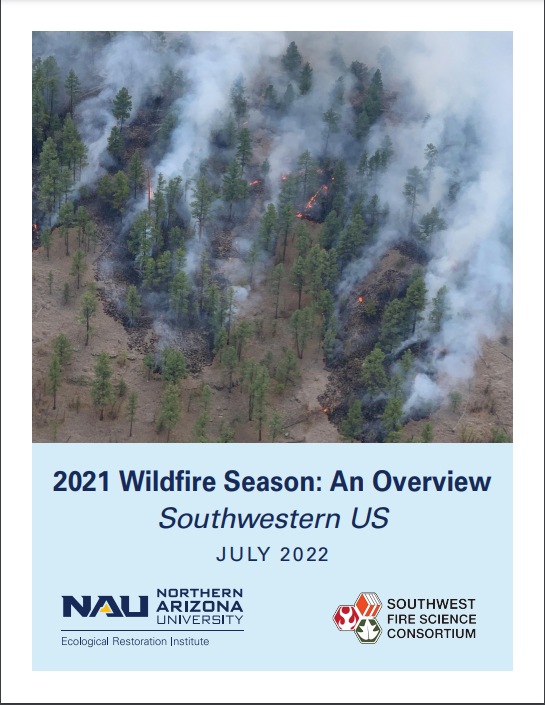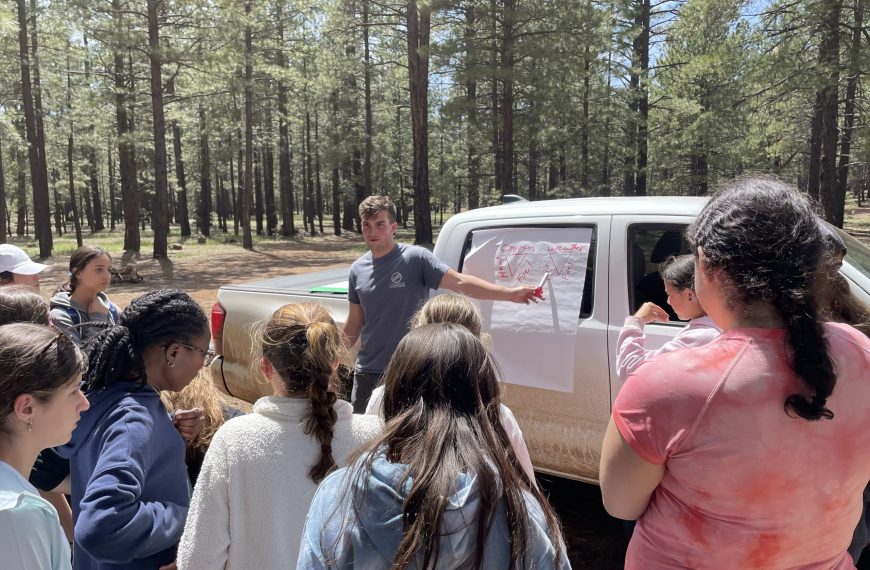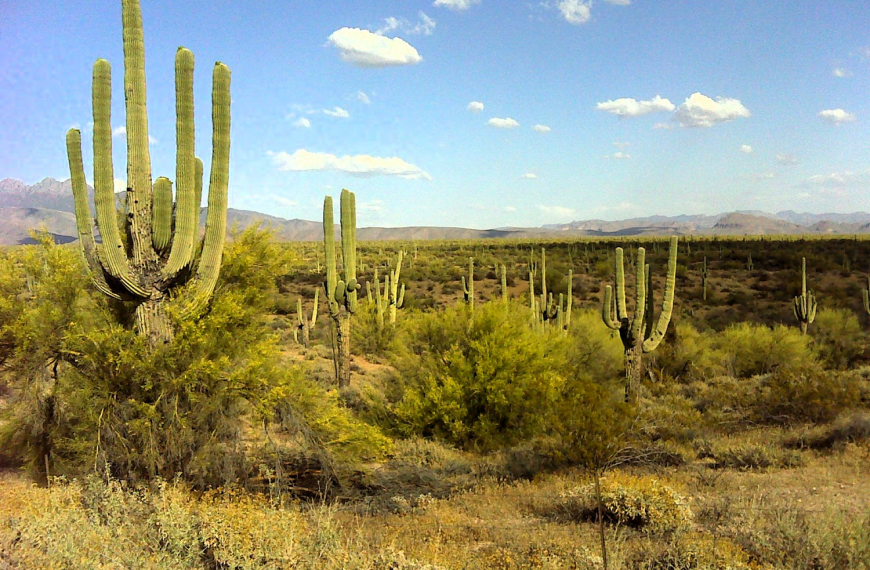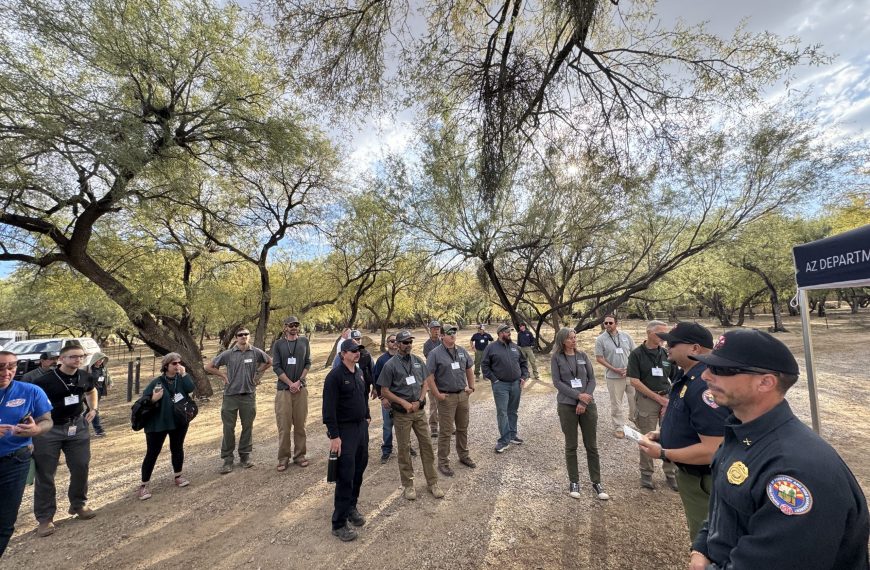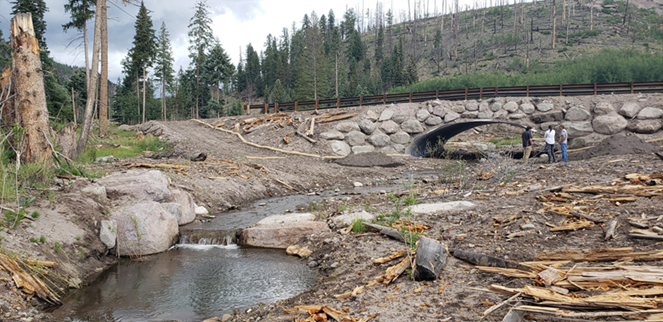By: Michael Lynch, Lara Wood Miller, and Alexander Evans
Wildfire is part of the landscape in the Southwest. It can be a threat to lives and property, but it is also crucial to maintaining healthy ecosystems. Plant communities in the Southwest are adapted to fire. For example, ponderosa pine forests need regular, low-severity fires to remain healthy. Over decades without fire on the landscape, fuel loads accumulated and facilitated more intense, high-severity fire. Each fire is different, and while some burn in ways that increase ecosystem resilience, others burn with greater severity than forests are adapted to, killing even the toughest trees and threatening lives and homes. Weather, climate, vegetation type, fuel conditions, and topography all influence how an individual wildfire burns on the landscape and whether it has beneficial effects. Some fires will leave many unburned patches, creating a mosaic burn pattern, whereas others will burn more contiguously.
This report is the 9th in a series of annual overviews available from the Southwest Fire Science Consortium and the Ecological Restoration Institute. The goal of this overview is to provide a concise summary of the fire season and to facilitate comparison with past fires and fire seasons. It follows the format of past years’ overviews1 and describes the impacts of twelve wildfires, each more than 10,000 acres, in Arizona and New Mexico in 2021. As in previous overviews, this report covers when each fire burned, fire management costs, vegetation types, previous burn footprints, and burn severity, where available. The conclusion section summarizes these same measures for the large wildfires in the region and touches on how these fires burned in proximity to human communities. These fire season overview reports provide a unique opportunity to compare fires and fire seasons, which highlight trends and changes as managers and communities adapt to climate change.
CITATION: Lynch, M., L. Wood Miller, and A. Evans. 2022. 2021 Wildfire Season: An Overview, Southwestern US. Special Report. Ecological Restoration Institute and Southwest Fire Science Consortium, Northern Arizona University. 22 p.

